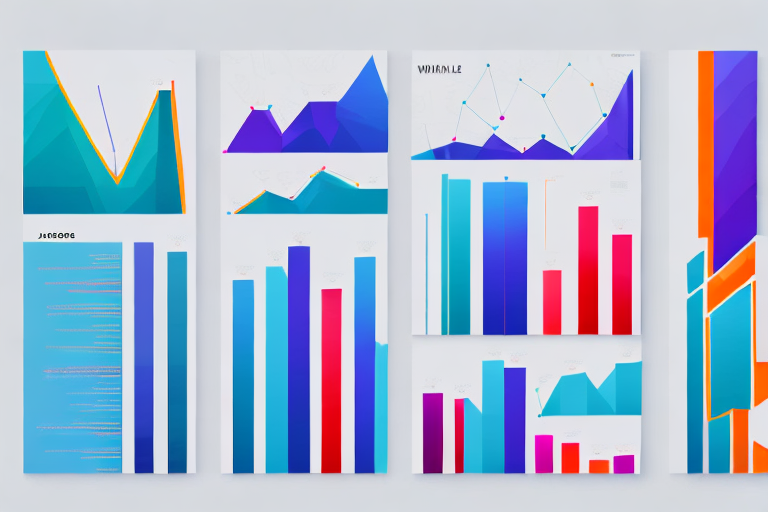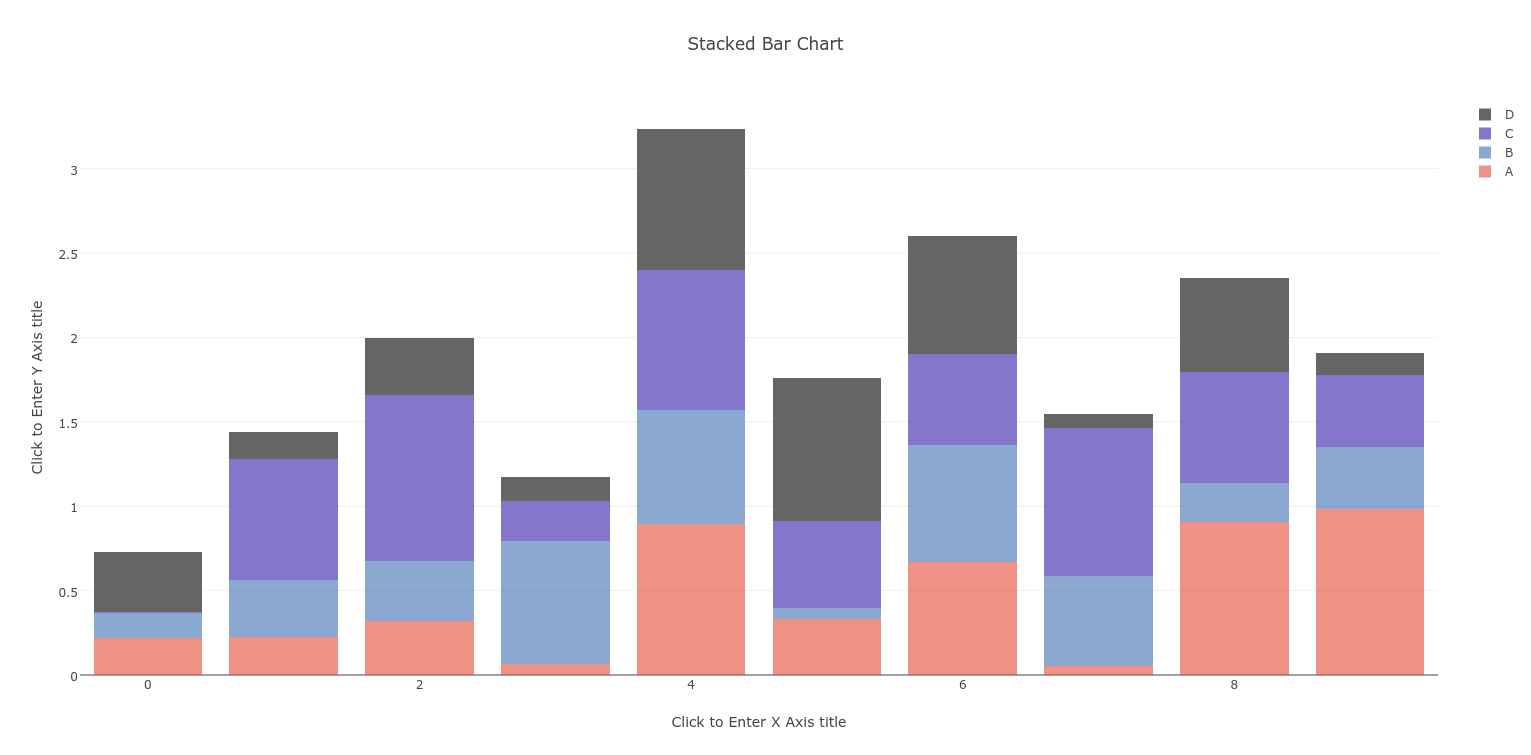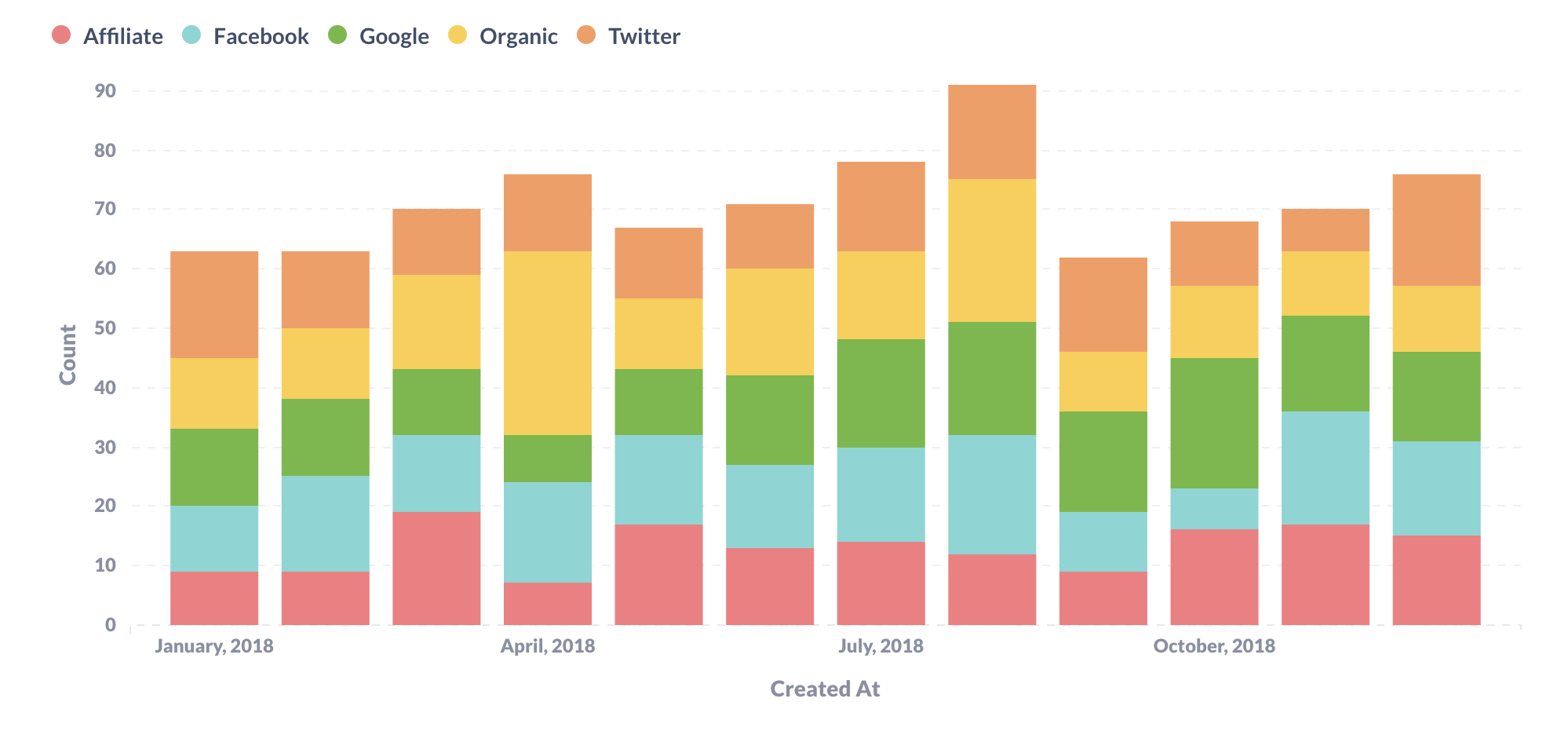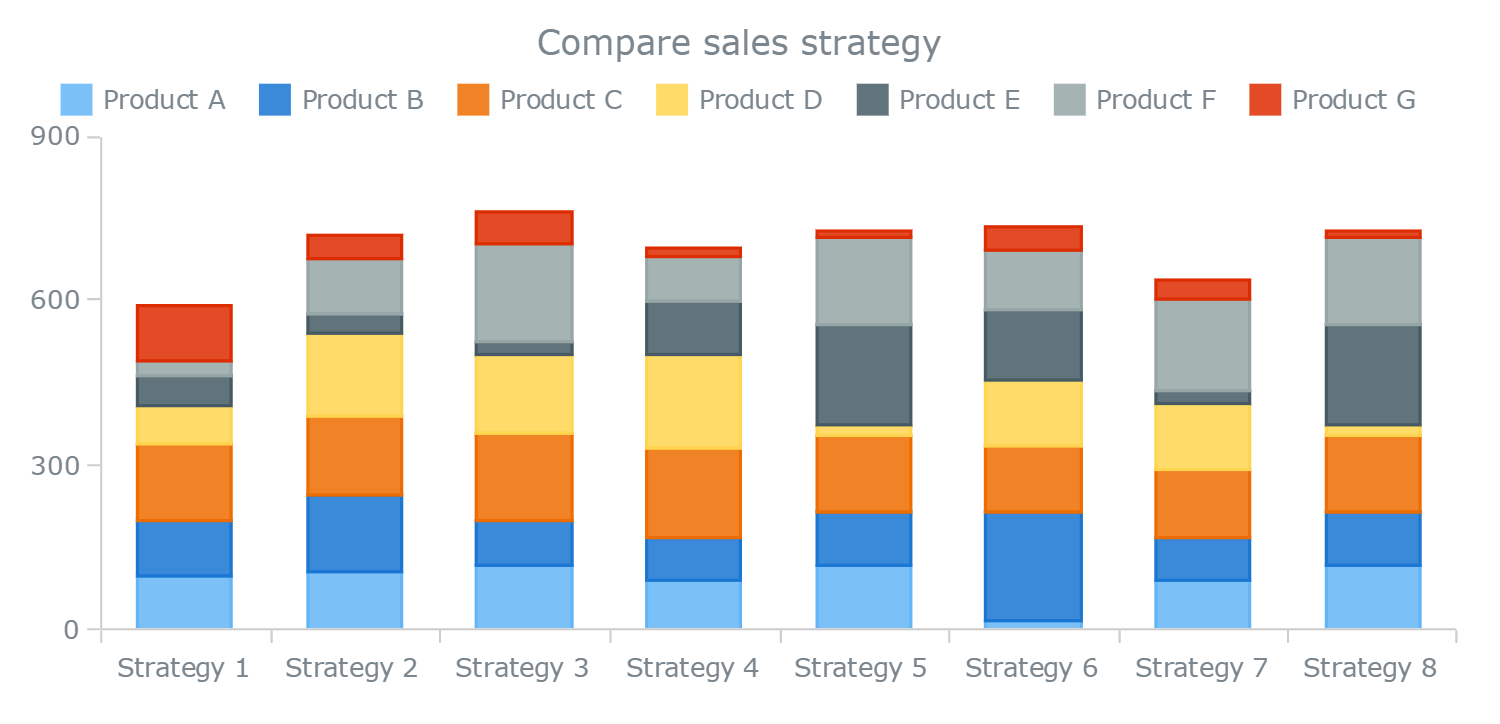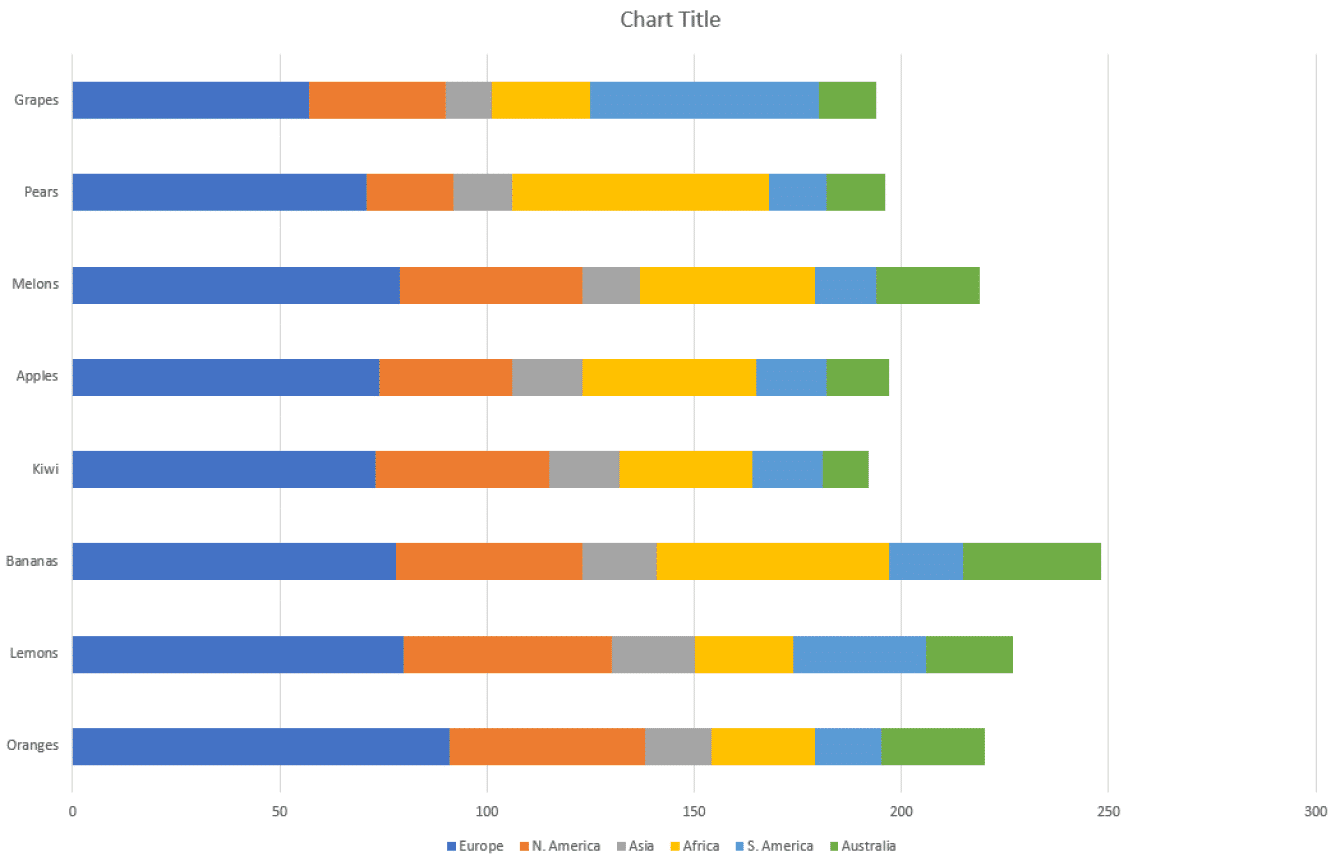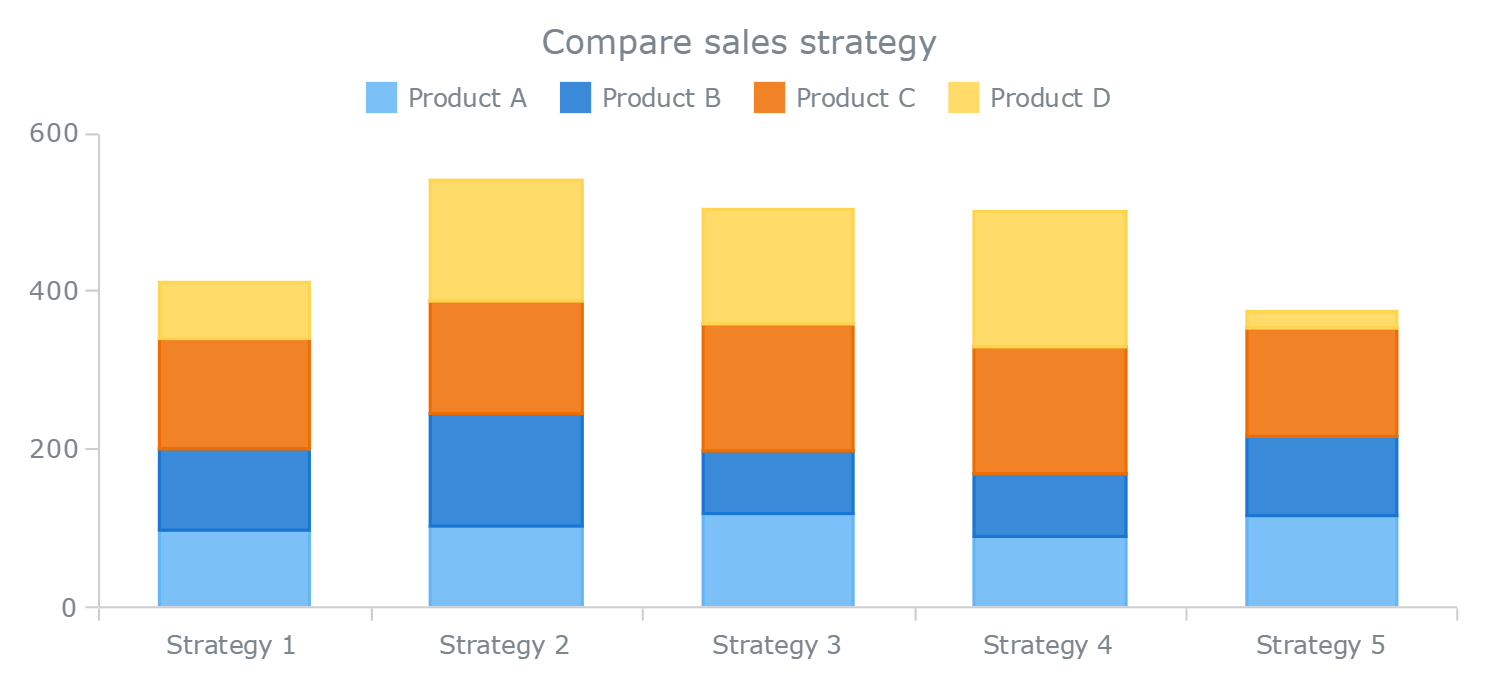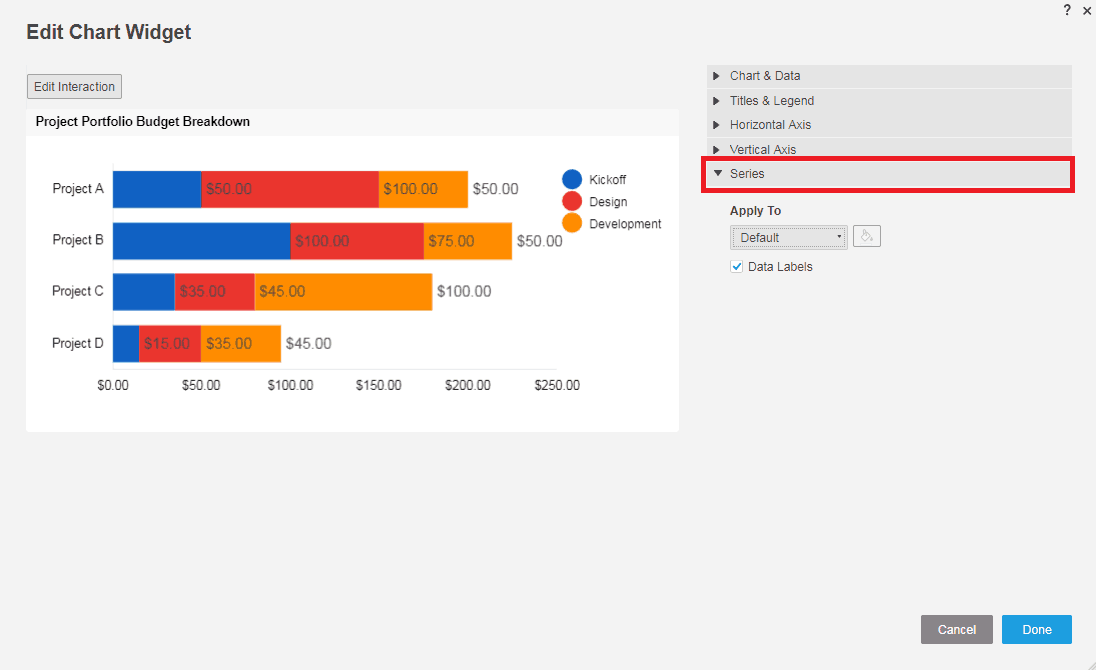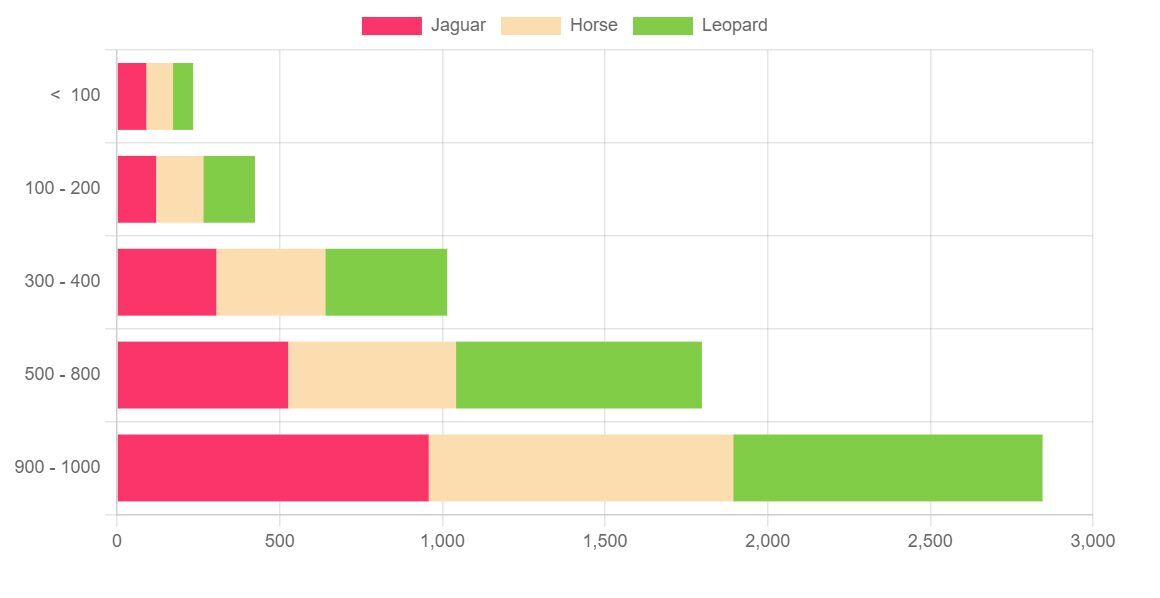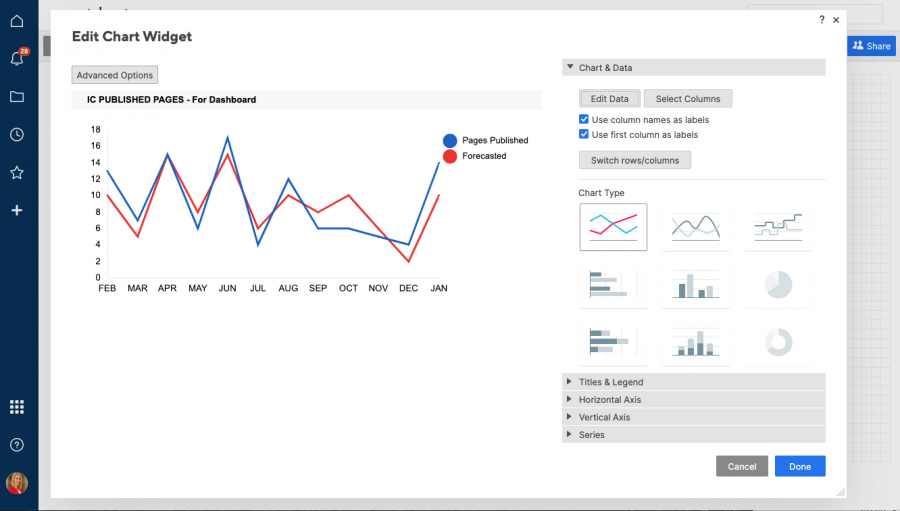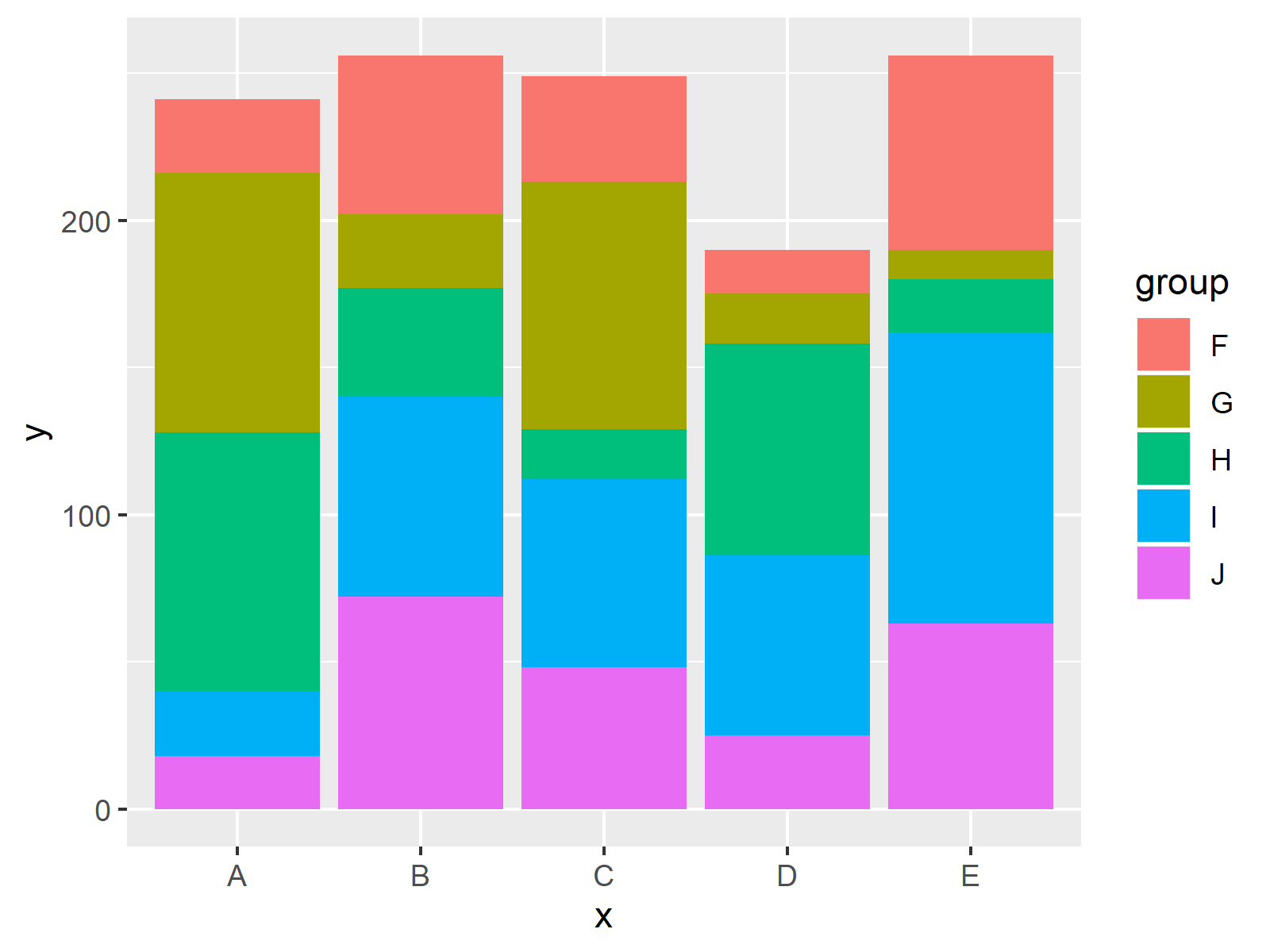Exemplary Tips About In Which Scenario Would You Choose To Use A Stacked Bar Chart Ggplot Linear Fit

Similarly, a stacked area chart modifies the line chart by using shading under.
In which scenario would you choose to use a stacked bar chart. I was prompted to write about this when i recently read the book titled “storytelling with data” by cole nussbaumer knafic. To understand where stacked bar charts are the best, let’s take a step back to analyze regular bar charts. Download our sample workbook here to practice along the guide.
First, we’ll walk through the steps to implement dynamic selection in stacked bar charts. For example, if a bakery offers different ordering options, the manager might use a stacked bar chart to track order trends over several months. Our big question is how to choose the right chart for the data?
When to use stacked bar charts? In this guide, we’ll aim to rectify these mishaps by sharing examples, clarifying when you should (and shouldn’t) use a stacked bar chart, and discussing best practices for stacking bars. While a pie chart or line graph is a great tool for tracking business expenses and savings, stacked bar charts are better to compare and analyze data.
I want to create a stacked bar chart with the x axis being year (2014, 2014, 2015) and the y axis being total number of prescriptions, and each of the 3 bars to be split up into 3 for each drug name. When should you use a stacked bar chart? Stacked bar charts can be a great way to visualize data that has both a hierarchical/categorical component that evolves over time.
Stacked bar graphs are a powerful way of visualizing discrete variables and relationships between them. Stacked bar charts are designed to help you simultaneously compare totals and notice sharp changes at the item level that are likely to have the most influence on movements in category totals. Several appear in her book.
Top ten best examples of stacked bar charts 2022. The segments can be of different colors or shades to make the data easier to understand. Then, we’ll explore a dashboard scenario and some considerations for this technique.
Luckily, excel offers different ways of creating a stacked bar chart, each easier than the previous one. (1) that the total number of facings (items at checkout) did not vary much pre/post by store, but (2) varied quite a bit between stores. The most common scenario in which i see stacked bars used is to show total over time and also the change in composition.
We then discuss when to use it and when we should avoid using it. A stacked bar chart can be used to compare the contribution of different subcategories to a whole. Choose a chart that simplifies your message and facilitates straightforward interpretation.
Avoid clutter and complexity. Stacked bar charts are appropriate when your data is in descriptive categories, with groups within each category. Let’s explore some situations where this type of chart can be useful:
One bar is plotted for each level of the categorical variable, each bar’s length indicating numeric value. A stacked bar chart, also known as a stacked bar graph or segmented bar graph, uses segmented vertical or horizontal bars to represent categorical data. In this tutorial, we will see what a stacked bar chart is, its types and how you can quickly create one.

.png)









